
What is Polymeric Joint Sand?
In the past, many professionals who built patios, walkways, driveways and other outdoor hardscaping projects, would rely solely on torpedo sand, silica and other similar materials. The sand would get swept into the joints of pavers to enhance the interlock ability of the stones or pavers that were used to create the project. Paver stone sealer would typically be applied to the pavers to harden the top layer of the joint sand, making it resistant to weeds, insects and seasonal water washouts.
However, when polymeric sand came on the scene, it was able to completely eliminate issues related to weed growth, insect infestations and the occasional washout. While the torpedo sand and silica, along with paver stone sealer, made driveways and walkways in Bourne and throughout the northeastern states resistant to these issues, they were not completely impervious to them. Polymeric joint sand changed everything, eliminating the need for installers to come back and do touch-ups after every heavy rainstorm and keeping homeowners’ new patios, walkways and driveways looking great.
Massachusetts DIYers: How to Install Polymeric Sand
If you are looking to use polymeric joint sand to create or renovate driveways and walkways in Bourne, there are just a few things that must be considered. First, you need to make sure that there isn’t a chance of rain in the immediate future, as this product will stick to whatever surface it is touching and it is extremely difficult to remove once it is activated. This is a very important part of the process. The next step is to lay the concrete, permeable or stone pavers as you normally would, cutting and installing edging or whatever other features you want to include. Sweep the polymeric joint sand into the cracks between the pavers as you would with other materials. It is recommended that you do this three times to ensure that all of the joints are properly topped off. This will increase weed, insect and water protection. Make sure that no excess sand is sitting on top of the pavers – look at the steps, corners, edging – anywhere it might collect.
The final step is to begin gently spraying a water mist over the paved area, starting at the highest part of the paved area and working your way to the lowest portion. Just lightly soak the pavers and the sand, washing away any residual sand from the paved area without washing out the polymeric joint sand from between the pavers. Do this according to the manufacturer’s directions to ensure that it is done properly, however most companies recommend a 10-15 minute curing or setting time before a final spray of water is done to finish the application. Again, the details for each manufacturer will vary, however the polymeric sand can take up to a full 24-hours to properly activate and harden when creating durable driveways and walkways in Bourne, Massachusetts – depending on the weather and the outdoor temperature.
Increased Durability
One of the biggest benefits of choosing to use polymeric sand over other materials is its long-lasting durability. When polymeric joint sand is used, as opposed to the traditional silica and paver stone sealer treatment, water doesn’t have the same opportunity to seep down below the stone pavers and into the sand below, providing for a drier base and sub-base. This stops deformities, cracking, breakage and movement of the pavers under traffic loads and heavy rains or water flow. The bottom line is that it allows your new driveways and walkways in Bourne to look better for a longer period of time.
The “poly” part of the polymeric sand is what makes it so effective. The primary components of polymeric joint sand vary depending on the manufacturer, however the primary ingredients are crystalline silica and quartz, along with either an organic or man-made chemical binder. It is this binder that makes the difference. The polymer, as it is called, is water-activated and acts as a binding agent between the sand particles and the pavers themselves. A variety of colors, styles and types are available through your Southeastern Massachusetts outdoor living supplier at J&J Materials, depending on the pavers that you will be using and the application and installation requirements.
Where to Find Polymeric Sand in Bourne
The best place to purchase polymeric joint sand in the Bourne or Southeastern Massachusetts area is at J&J Materials. Whether you are creating driveways, walkways, patios or courtyards, J&J Materials has the materials you need to get the job done right. Choose from a wide variety of polymeric sand types and colors to go with your permeable, concrete or natural stone pavers, decorative stone and other hardscaping materials. If you have any questions about proper use of polymeric joint sand for your next project, call the experts at J&J Materials. We are happy to help you decide whether polymeric sand is the best solution for your unique situation.


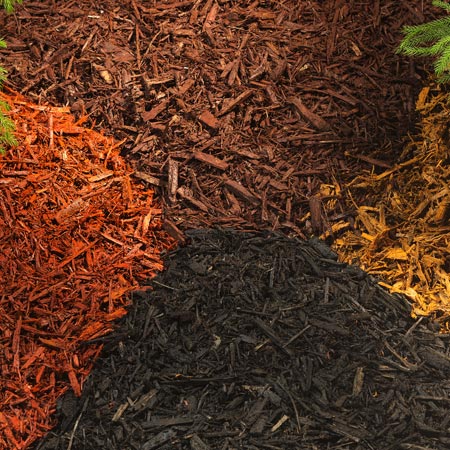
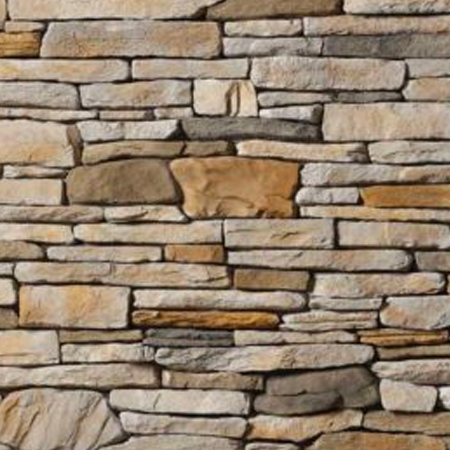
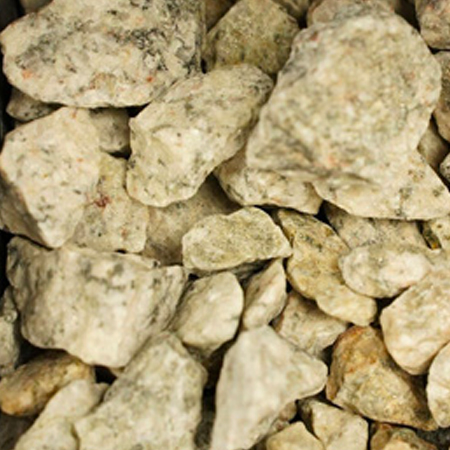
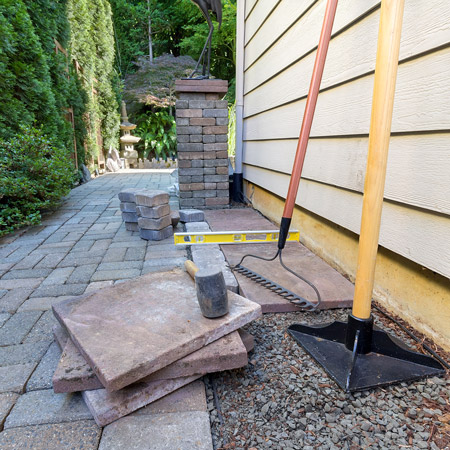
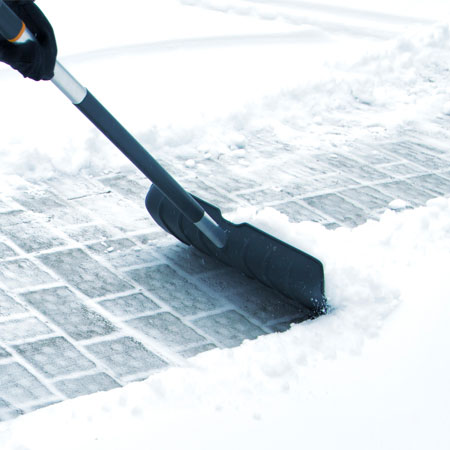
 If you are looking to use polymeric joint sand to create or renovate driveways and walkways in Bourne, there are just a few things that must be considered. First, you need to make sure that there isn’t a chance of rain in the immediate future, as this product will stick to whatever surface it is touching and it is extremely difficult to remove once it is activated. This is a very important part of the process. The next step is to lay the concrete, permeable or stone pavers as you normally would, cutting and installing edging or whatever other features you want to include. Sweep the polymeric joint sand into the cracks between the pavers as you would with other materials. It is recommended that you do this three times to ensure that all of the joints are properly topped off. This will increase weed, insect and water protection. Make sure that no excess sand is sitting on top of the pavers – look at the steps, corners, edging – anywhere it might collect.
If you are looking to use polymeric joint sand to create or renovate driveways and walkways in Bourne, there are just a few things that must be considered. First, you need to make sure that there isn’t a chance of rain in the immediate future, as this product will stick to whatever surface it is touching and it is extremely difficult to remove once it is activated. This is a very important part of the process. The next step is to lay the concrete, permeable or stone pavers as you normally would, cutting and installing edging or whatever other features you want to include. Sweep the polymeric joint sand into the cracks between the pavers as you would with other materials. It is recommended that you do this three times to ensure that all of the joints are properly topped off. This will increase weed, insect and water protection. Make sure that no excess sand is sitting on top of the pavers – look at the steps, corners, edging – anywhere it might collect.